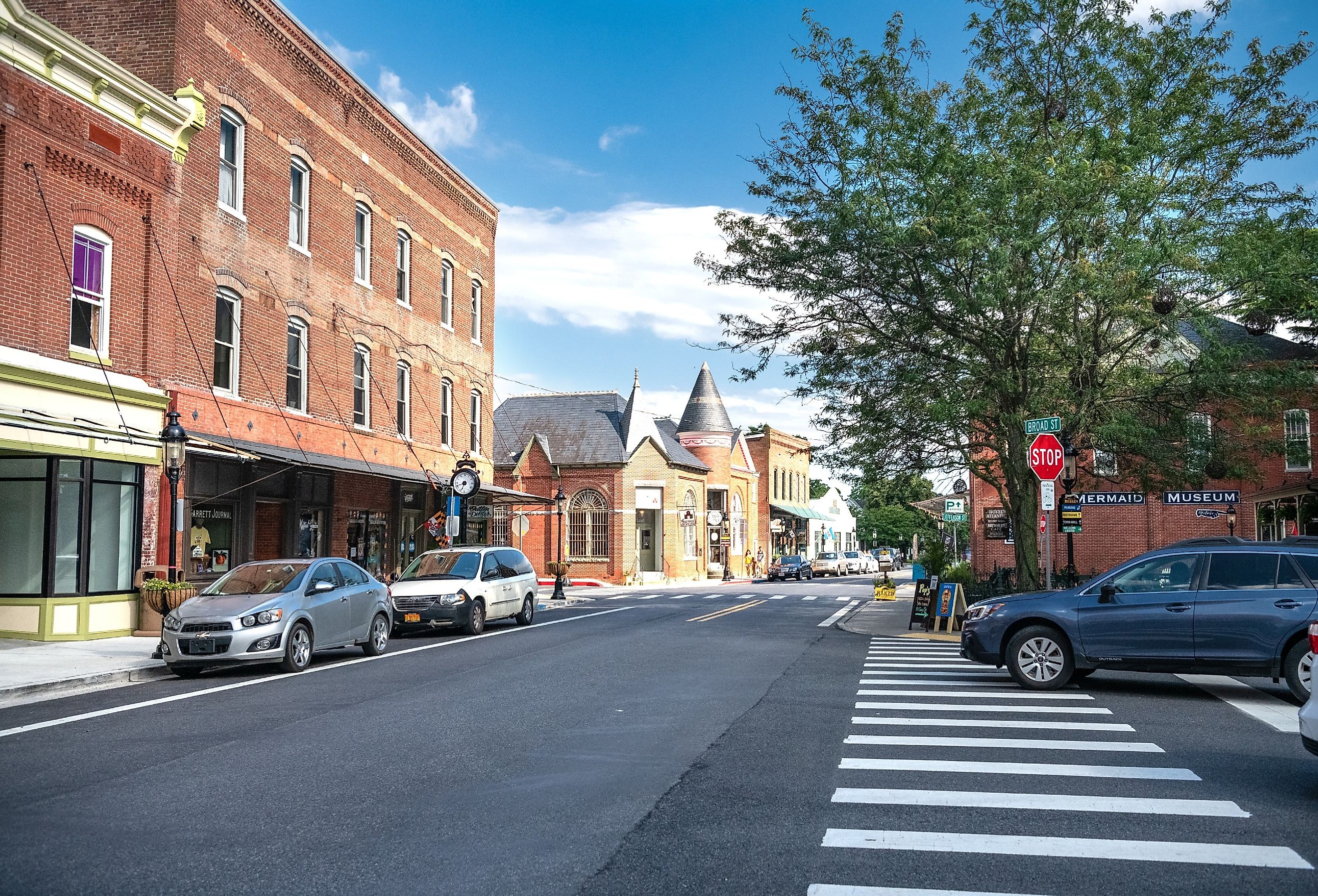
These 7 Towns in Maryland Have Beautiful Architecture
Maryland first became a home to settlers in 1634 and is one of the first thirteen colonies in the US.
People often call it the "Free State" and it is famous for its strong history of religious freedom and for its efforts to keep historical places safe and intact.
You'll find Maryland's maritime towns full of old-time inns, museums, and buildings, some of which have been around for hundreds of years.
Each small little town gives you a special look into America's settler beginning, and the contrast of a modern, diverse country.
These seven towns show the lasting history of one of the first thirteen colonies with their preserved, beautiful architecture.
Oxford
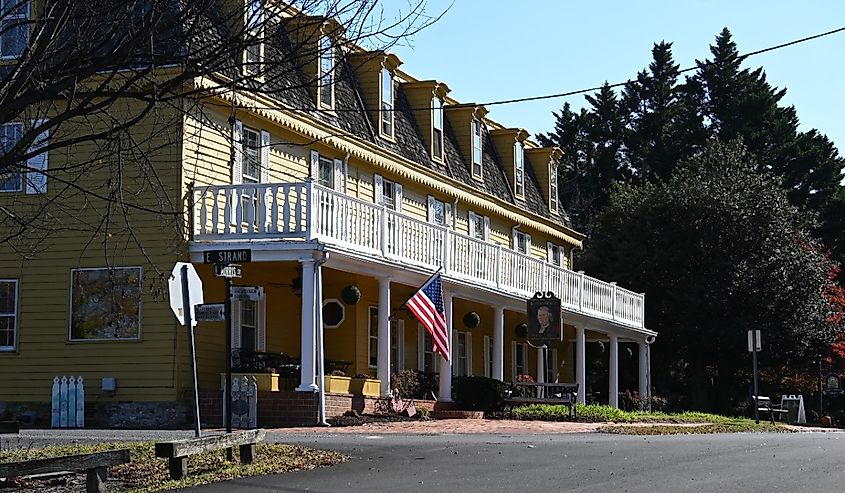
As one of the oldest towns in Maryland, there is an ingrained sense of history that still remains in Oxford. It was originally founded in 1683 and was an international shipping center and a port of entry for the Maryland province.
Most of the town's significant architectural structures are in the Oxford Historic District. There visitors can see a mix of Georgian and Federal styles, many still standing from the 18th century.
There is no better place to learn about the town's history than the Oxford Museum. Just look for the quaint white siding of the museum, and head on in.
The Robert Morris Inn, known as the oldest all-in-one inn in the US, originated in 1710. It was also the childhood home of Morris, one of the people who signed the Declaration of Independence.
Havre de Grace
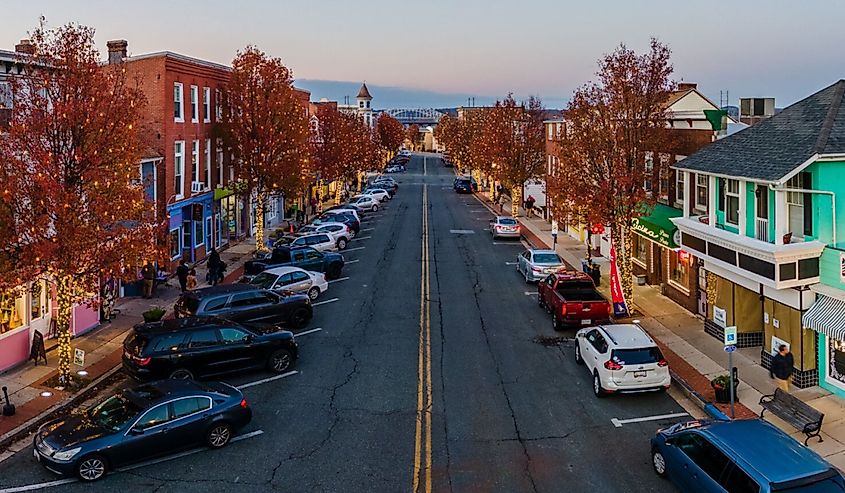
Want a town with a unique claim to fame? Havre de Grace is famous for being the top place in the world for creating wooden duck decoys used in hunting, shining a light on the craft.
Sion Hill, a historic landmark in Havre de Grace, first planned to be a seminary in 1787, has been home to all sorts of important figures over the decades and centuries. Part of the grounds has a pretty brick building that shows off the classic Federal-style.
When exploring the gorgeous buildings, you can't skip the Havre de Grace Historic District, located right in the downtown area. It is home to over 1,000 buildings and structures. Their designs span hundreds of years, so if you are a fan of classically aged brick and stone buildings, this area is a treasure.
Berlin
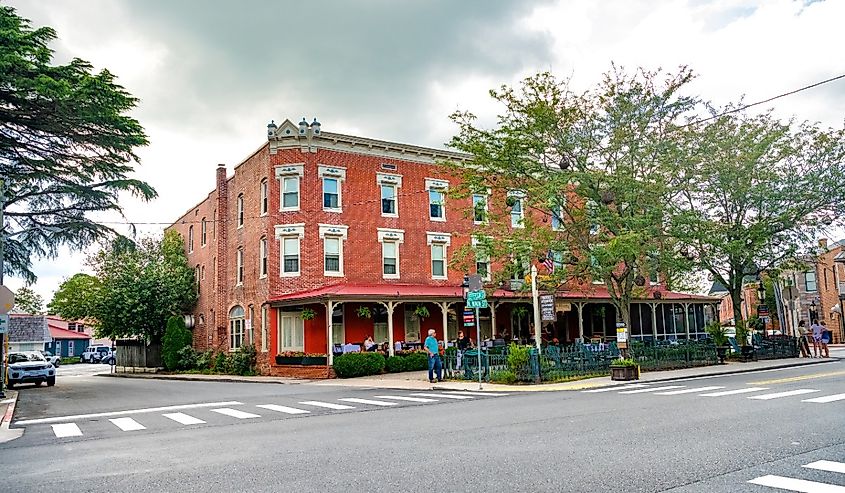
Main Street in Berlin is the same passageway Assateague Indians took to visit the Pocomoke tribe long before settlers arrived.
Now, it has 47 buildings listed on the National Register of Historic Places. So, if you want to see centuries-old buildings, you just have to walk down the town's streets.
Important places in this area include Burley Manor, Burley Cottage, and St. Paul's Episcopal Church, which was built back in 1825.
The Commercial District is well-known for its rustic brick structures. About one-third of these buildings have been around since about the start of the 20th century, and are still in their original shape or close to it.
If you feel like a dinner with a bit of character, try the Globe Theater. In the old days, it hosted all sorts of shows, like vaudeville and honky-tonk music. Now, it has been turned into a restaurant and bar, but it has not forgotten its past.
Saint Mary’s City
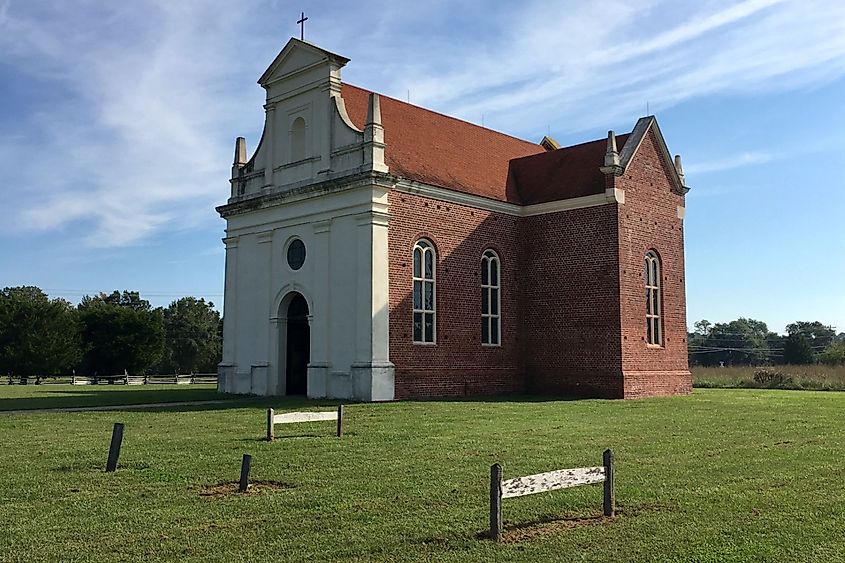
This town, established in 1634, was Maryland's inaugural capital. It holds significance as the one of the birthplaces of religious freedom in North America, rooted in the Maryland Act of Toleration. This act, legislated in 1649 and signed in Saint Mary’s City, marked a pivotal moment in history.
This town is well-known around the world for its archaeological research area. In the past 30 years, over 200 big archaeological digs have been commissioned. These have greatly helped historians learn about America's first colonial times.
At the Historic St. Mary's City, you can visit an outdoor museum constructed like an old-time farm just like settlers lived on. Actors play out events from history, and show off a real-looking replica of The Dove, one of the ships the first settlers sailed on.
In town, the reconstructed 1667 Catholic Church was built in the exact same location the original the Jesuit church sat. Rebuilding it in 2009 was a big step towards helping save the area's religious and cultural history.
Frostburg
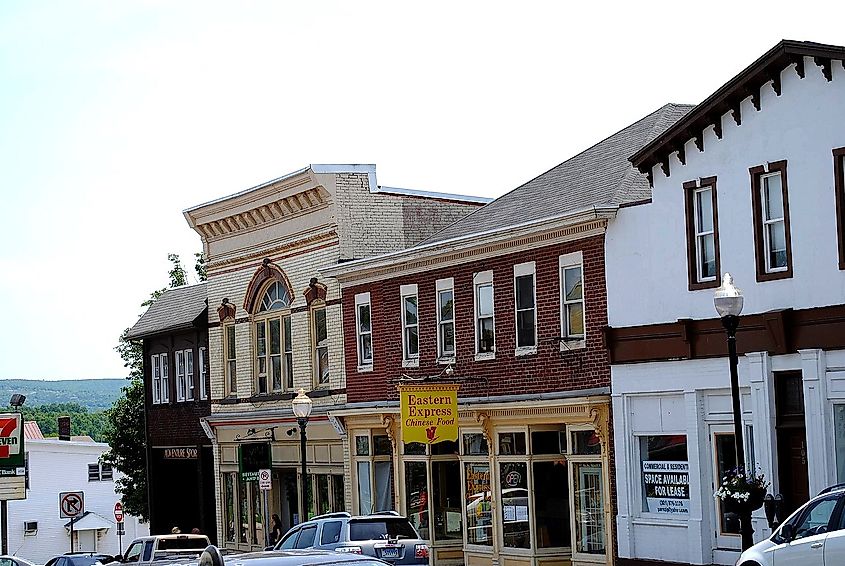
Frostburg sits on the National Road, the very first road in the US made with federal money. It ended up being a crucial waypoint for travelers heading west in the 19th century.
Frostburg State University's campus features an compelling mix of historic and modern buildings. A standout is the Old Main, built back in 1911, which now stands as a symbol of the university’s ties to both the community and its dedication in teaching new generations of students.
The Palace Theatre, sitting in the heart of Frostburg, first opened its doors in 1907. It is a stunning piece of history, and a great reflection of the sort of building people turned to for fun at the turn of the last century.
While in Frostburg, don’t forget the Gunter Hotel! This heritage building in Frostburg has a distinct and imposing brick facade from the late 1800s. Over time, the building has been many things, like a hotel and a restaurant.
Cambridge
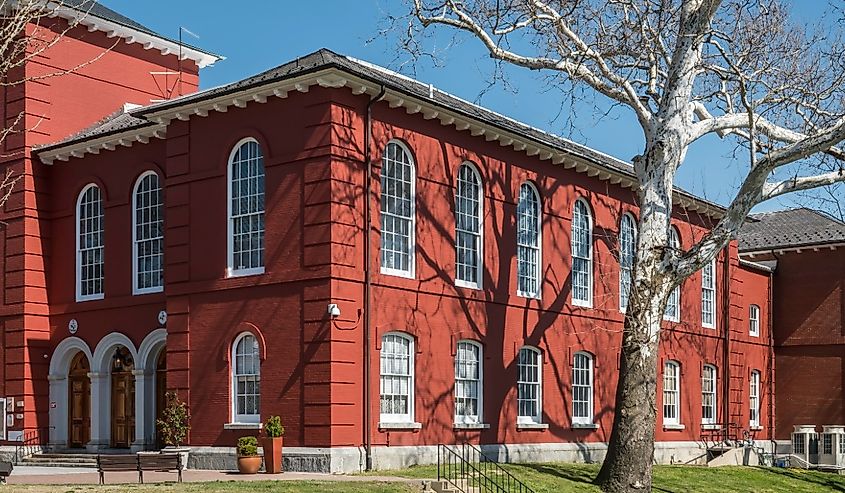
Cambridge is a town with a rich maritime history, further enriched by its historical links to Harriet Tubman.
The town lies close to Tubman’s birthplace and honors her memory with the Harriet Tubman Museum and the National Historical Park. Both places highlight her life and key role in the Underground Railroad.
Cambridge’s Main Street is a collage of hundreds of years of different styles and looks, all mixed together. Victorian, Colonial Revival, and Art Deco. The street is a visual lesson in how the area has grown throughout the years.
The maritime life is not soon forgotten here. Like the Choptank River Lighthouse, a modern replica of the old lighthouse that once helped sailors navigate the riverway.
The structure is at the Long Wharf Park in Cambridge. There, people can check out the interior of the lighthouse, discover stories of the sea from the past, and see wide overlook views of the river.
Emmitsburg
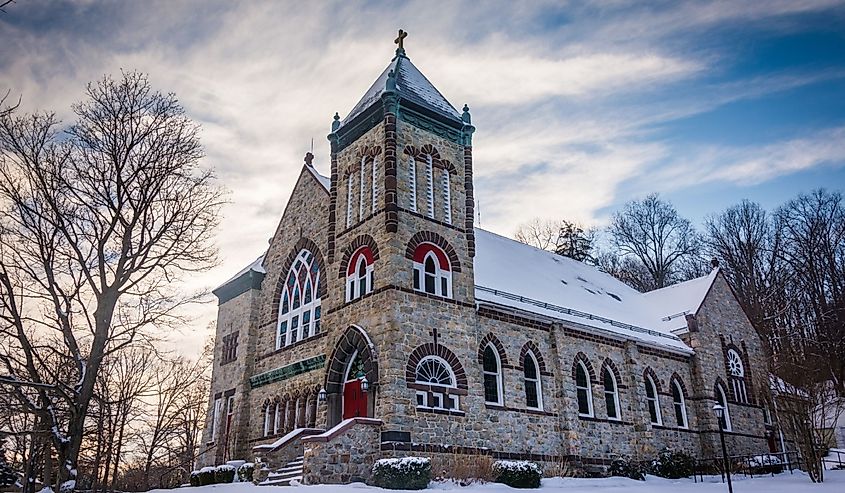
Only around an hour northwest of Baltimore, Emmitsburg is minutes south of the Mason-Dixon Line.
The town's downtown, notably its Main Street, carries over a distinct Federal-style architecture, characterized by balanced proportions and elegant simplicity.
Emmitsburg is also home to some must-see landmarks. The National Shrine of Saint Elizabeth Ann Seton honors the first American saint born in the country, who started the very first religious group for women in America.
The inside is decorated with religious iconography, gorgeous murals, and statues honoring the saint's life and legacy.
Also in town is the National Fallen Firefighters Memorial. It is a touching spot paying tribute to American firefighters who lost their lives while working. This memorial features a notable stone monument and several plaques with the names of these brave individuals.
Maryland's towns beautifully encapsulate the spirit and history of one of America's original colonies.
With their preserved architectural streets and cultural heritage, these towns offer a reminder of the past while embracing the present.
Whether it is exploring maritime museums, dining in historic inns, or walking through streets lined with centuries-old buildings, every minute is well-spent in Maryland.











